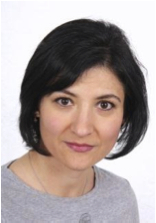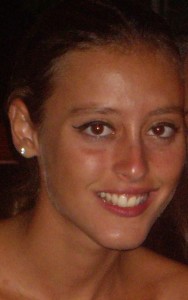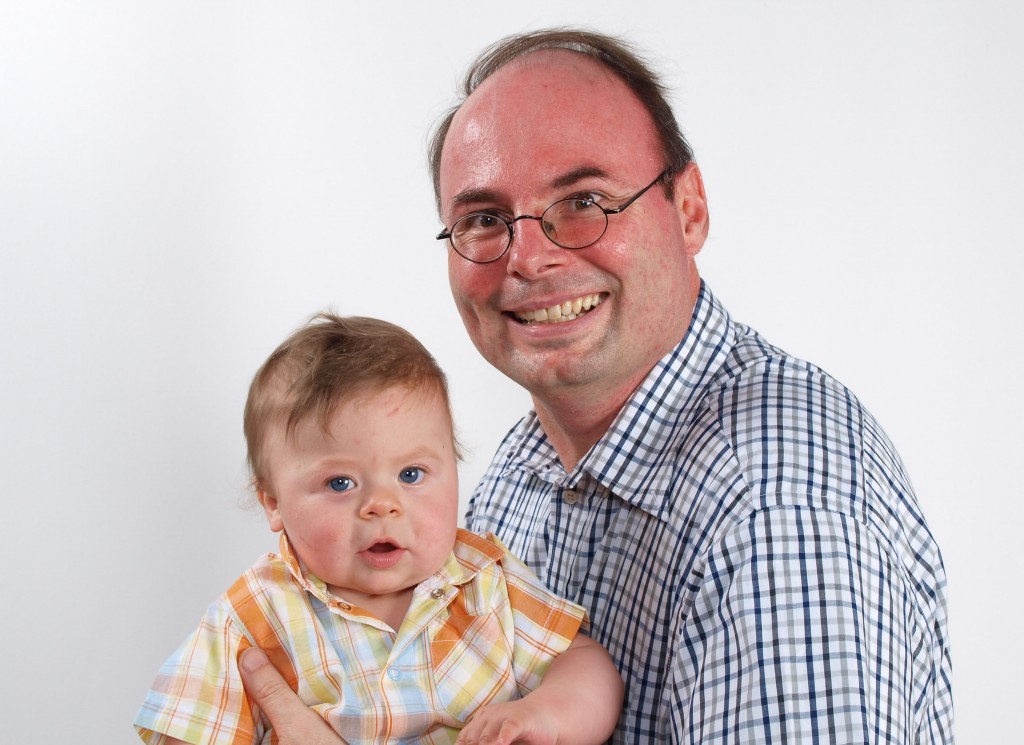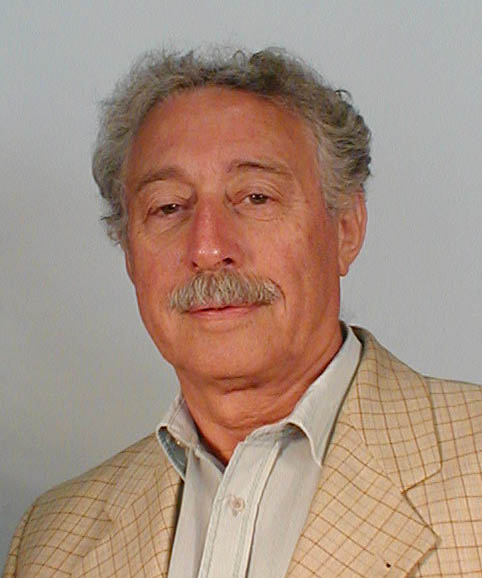We are pleased to present a selection of our authors of the September issue of NJC. We thank each of them for accepting our invitation and having kindly taken some of their time to answer a few questions for us.
 Our first author is Frank Marken who is Professor at the University of Bath (UK). His current research interests are mainly focused on electrochemical processes and their applications. Frank and co-workers are interested in complex interfaces and they were looking for ways of bringing gases into close contact to electrode surfaces. In 2010, they started investigating salt-electrode contacts and based on the initial progress, they decided to explore different types of electrode processes including catalytic processes under these “salt conditions” which is the topic of their NJC paper. Frank declares to be lucky to have a very talented visitor, Fengjie Xia from Wuhan University of Technology, working on this topic and producing these results.
Our first author is Frank Marken who is Professor at the University of Bath (UK). His current research interests are mainly focused on electrochemical processes and their applications. Frank and co-workers are interested in complex interfaces and they were looking for ways of bringing gases into close contact to electrode surfaces. In 2010, they started investigating salt-electrode contacts and based on the initial progress, they decided to explore different types of electrode processes including catalytic processes under these “salt conditions” which is the topic of their NJC paper. Frank declares to be lucky to have a very talented visitor, Fengjie Xia from Wuhan University of Technology, working on this topic and producing these results.
The fact that the work is fundamental and exploratory in character, that it could benefit from recognition by a wider community of chemist and that NJC provides a very good platform and ensures high levels of citations was Frank’s motivation behind his submission to the journal.
Outside of the lab, Frank enjoys swimming. If he could not be a scientific researcher, he would be an engineer.
Electrode processes at gas|salt|Pd nanoparticle|glassy carbon electrode contacts: salt effects on the oxidation of formic acid vapor and the oxidation of hydrogen by Fengjie Xia, Sara E. C. Dale, Richard A. Webster, Mu Pan, Shichun Mu, Shik Chi Tsang, John M. Mitchels and Frank Marken New J. Chem., 2011, 35, 1855-1860, DOI: 10.1039/C1NJ20421A.
Our next author is Lee Chia-Hung , Assistant Professor of Life Science at the National Dong Hwa University (Taiwan). He’s research interests focus on the biocatalytic reactions in the confined nanospaces of mesoporous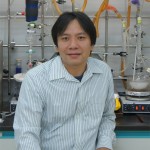 silica materials and mesoporous silica nanoparticles for biomedical applications.
silica materials and mesoporous silica nanoparticles for biomedical applications.
In this issue of NJC, he has authored the article Site-specific immobilization of cytochrome c on mesoporous silica through metal affinity adsorption to enhance activity and stability by Shih-Hsun Cheng, Kun-Che Kao, Wei-Neng Liao, Li-Ming Chen, Chung-Yuan Mou and Chia-Hung Lee New J. Chem., 2011, 35, 1809-1816, DOI: 10.1039/C1NJ20255C. “A rapid and highly efficient approach to immobilize a cysteine-containing enzyme through metal affinity interactions, which can both protect the protein folding and control the orientation to optimize the stability and catalytic activity. The immobilization of cyt c through this approach can provide a correct orientation of the catalytic center, where the active site can easily approach the substrate molecules”, explains Chia-Hung who chooses NJC for the publication of this article due to the journal’s high quality.
In his free time, Chia-Hung loves spending time traveling to visit new places because he can find many new things and try many new foods. In addition, his wife and he like to stroll in the department store or local bookstore with their child on weekends.
Chia-Hung usually cook chemical reactions in his lab. If he could not be a scientist, maybe he became a chief to create many delicious Chinese foods for foreigners.
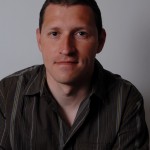 Closing this month’s authors selection, David Farrusseng is Researcher at IRCELYON, University of Lyon (France).
Closing this month’s authors selection, David Farrusseng is Researcher at IRCELYON, University of Lyon (France).
His current research interests are focused on the design of materials for original catalytic & separation processes and on the development of high throughput approaches. More recently, he has explored the application of Metal-Organic Frameworks in catalysis.
In this NJC issue paper, David and co-workers report the synthesis of a multi-dimensional combinatorial library of functionalized MOFs. The impact of the grafting rate between the porous volumes of 1D and 3D channeled structures is also compared. “Metal-Organic Frameworks are fascinating crystalline porous Materials. The development of functionalization methods for decorating their pore will lead to breakthroughs in Applied Chemistry” says David.
Combinatorial synthesis of metal–organic frameworks libraries by click-chemistry by Marie Savonnet, Emanuel Kockrick, Aurélie Camarata, Delphine Bazer-Bachi, Nicolas Bats, Vincent Lecocq, Catherine Pinel and David Farrusseng, New J. Chem., 2011, 35, 1892-1897, DOI: 10.1039/C1NJ20350A.
“NJC publishes original multi-disciplinary articles on a fair basis and very rapidly. What can I ask for more?”
Out of the lab, David like to “escape” by bike in the hilly Beaujolais area and then to make some stops in beautiful wineries to enjoy the local production.
When asked if he could not be a scientist but could be anything else what he would be? David answers that being a young boy, at the time of the first computers; he did recreate the first video games, such as Tetris and Pacman. He was coding nights and days. Later at the university, he was told that there was nothing good to expect for a carrier in informatics. It was 2 years before the Internet first steps…
Thanks to all of you, and see you next month for more!
Fancy submitting an article to NJC? Then why not submit to us today.











